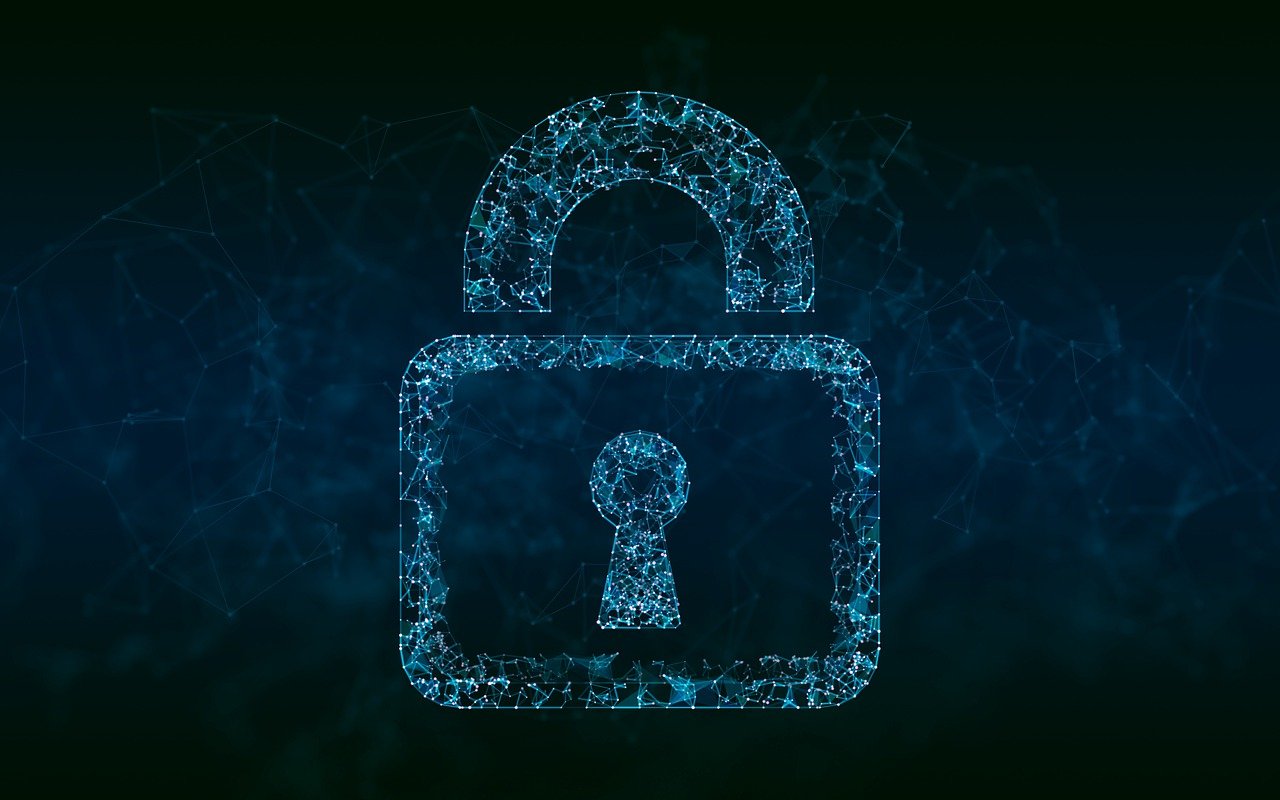· 3 min read
What is a Cryptographic Module?
Learn what a cryptographic module is, and how they protect devices.

Data breaches and cyber threats are alarmingly common, and the importance of robust cybersecurity measures cannot be overstated. One of the foundational components in securing sensitive data is the cryptographic module. This article aims to explore what a cryptographic module is, how it functions, and its pivotal role in safeguarding digital information.
Defining a Cryptographic Module
A cryptographic module is a set of hardware, software, firmware, or some combination thereof that implements cryptographic functions and processes. These modules are designed to securely execute cryptographic algorithms, manage cryptographic keys, and offer secure authentication and data protection services.
Cryptographic modules are integral to safeguarding data privacy and integrity across various applications and industries, from financial institutions and government agencies to individual devices and cloud computing services.
Core Functions of Cryptographic Modules
At its essence, a cryptographic module provides three main functions:
Encryption and Decryption: This is the process of converting data into a secure format that is unreadable to unauthorized parties. Encryption transforms plaintext into ciphertext, while decryption reverses the process, allowing only those with the correct key to read the information.
Key Management: The generation, distribution, storage, and destruction of cryptographic keys are critical for secure communications. A cryptographic module ensures that keys are handled securely and that only authorized entities can access or use them.
Authentication: Cryptographic modules often facilitate secure methods of authenticating entities. This process ensures that only legitimate users and devices can access sensitive information.
Types of Cryptographic Modules
Cryptographic modules can be categorized into various types based on their implementation and usage:
Hardware Modules: These are standalone devices or integrated circuits that provide cryptographic functions. Examples include Hardware Security Modules (HSMs), smart cards, and Trusted Platform Modules (TPM). Hardware modules are known for their high security as they are isolated from the less secure software environment.
Software Modules: These modules run on general-purpose computer systems. They offer flexibility and ease of integration but may be more vulnerable to attacks compared to their hardware counterparts due to their reliance on the host system’s security.
Firmware Modules: Firmware cryptographic modules are embedded in hardware but operate at a lower level, providing security functions for hardware devices or systems.
Standards and Certification
To ensure the security level of cryptographic modules, various standards and certification processes have been established. Among the most notable is the Federal Information Processing Standard (FIPS) 140, maintained by the National Institute of Standards and Technology (NIST) in the United States. FIPS 140 provides a framework for evaluating the security and effectiveness of cryptographic modules.
Certification under FIPS 140, particularly FIPS 140-2 and the more recent FIPS 140-3, is often a requirement for cryptographic modules used by federal agencies and many private sector industries.
The Importance of Cryptographic Modules
Cryptographic modules are essential to maintaining the confidentiality, integrity, and authenticity of information in digital systems. Without these modules, the security of sensitive data transmitted over networks or stored in digital repositories would be severely compromised.
They help mitigate risks against a variety of cyber threats, such as eavesdropping, data tampering, and unauthorized access, by ensuring that cryptographic operations are conducted in a secure and controlled manner.
Conclusion
As digital transformation continues to permeate every aspect of our lives, the role of cryptographic modules in securing our information becomes increasingly vital. By reliably performing complex cryptographic functions and ensuring proper key management, these modules form the backbone of secure communication and data protection strategies.
Whether through the use of dedicated hardware or versatile software solutions, understanding and implementing cryptographic modules is fundamental for any organization or individual concerned with cybersecurity. Their presence reassures us that, even as threats evolve, measures to protect our digital information are always a step ahead.

